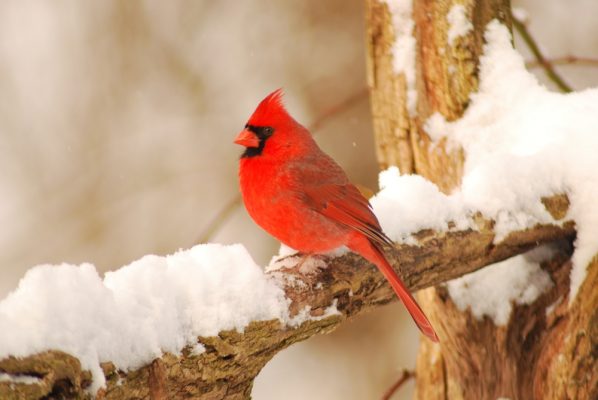Camping, Gear, Hunting, Sports Apparel
Birdwatching for Beginners: 5 Tips to See More Birds

Birdwatching for Beginners: 5 Tips to See More Birds
There is a lot to be gained by taking up birdwatching as a hobby. You will get outside, learn more about your local ecology, and exercise new corners of your brain. If you talk to a seasoned birder, their wealth of knowledge can be somewhat intimidating.
However, bird watching is something anyone can engage in. You can start at any point in your life and learn quickly. Here are five tips to help you along on your birding journey:
1) Get a set of binoculars
Binoculars are the most important tool for birding. Birds are small, and they move quickly. In order to identify birds, you will need to get a good look at their plumage, profile, and behavior. It’s difficult to do this with the naked eye. A good set of binoculars will give you a front-row seat to bird world and provide invaluable assistance in your quest to identify and study birds.
2) Learn bird songs
Bird songs and calls are beautiful and mysterious — and they also alert you to their presence. Studying bird songs will let you know if a robin, chickadee, or junco is nearby. If you stop and listen, you may just get a glimpse of the bird.
3) Sit in one place quietly for at least twenty minutes
Birds are very shy. When you enter a space, the birds typically scatter. This is why many people who venture into the park never see very many birds. For the most — and closest — bird sightings, calmly approach your spot. Your appearance will disturb the birds, but if you stay still for twenty minutes or so, the birds will slowly re-enter your area. This is the best way to get close bird sightings.
4) Use wide-angle vision
Humans spend most of their time focusing their vision on one point, and as a result, they can miss a whole lot of action happening in the periphery. Practice using wide-angle vision. Let your eyes go soft. Things may seem a little blurry at first, but this will make it possible for you to spot the small and subtle movements of birds in your vicinity. Many people are surrounded by birds but never see them because they’re vision is focused. Allow yourself to see a full 180 degrees, and you’ll spot many more birds.
5) Go to urban areas
While you can definitely see many bird species in the woods, one of the best places to go for bird watching is urban areas. Songbirds, in particular, enjoy foraging and building nests in neighborhoods and city parks. It’s not uncommon to see a higher density of birds in urban areas as opposed to the backwoods. This is good news for the beginning birder; you won’t need to go far to advance your birding practice.
Closing Thoughts
Birding is a worthwhile activity and a critical component of naturalist pursuits. Birds offer wisdom and insight into the natural landscape. While learning to identify bird species can be intimidating, it’s actually a very accessible hobby. These tips will help you increase your bird sightings and accelerate your knowledge building.